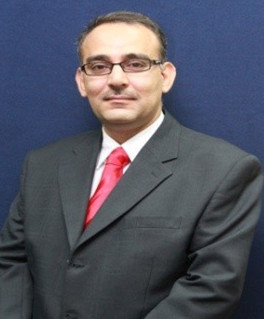Abstract—The activity of different catalysts namely, Mg-Al hydrotalcite (HT), Au/Zn-Mg-Al HT and nanoporous activated carbon (NAC) were tested in batch fermentative production of hydrogen using sucrose-fed anaerobic mixed culture at 37C. The catalysts activity for fermentative hydrogen production is in order of Au/Zn-Mg-Al HT > NAC > Mg-Al HT. It has been found that the modified HT with Zn supported Au catalyst improved the bioactivity of hydrogen producing bacteria as compared to unmodified HT. This behavior probably is related to the combination effects of the metallic dispersion of Au on the support surface containing Zn, which can act as the active site of several enzymes, including hydrogenase. The Au/Zn-Mg-Al HT exhibited the maximum hydrogen yield of 2.74 0.14 mol H2/mol sucrose at applied catalyst dosage of 167 mg/L. The difference in properties of catalysts was speculated to be the cause of variation of soluble metabolites. High initial activity of NAC for hydrogen production accompanied with a high concentration of acetic acid. In the case of metal catalysts, a mixture of acetic acid and butyric acid were detected. In contrast, a lower concentration of butyric acids was observed in NAC test. The result suggested that the presence of NAC could minimize the concentration of butyric acid in fermentation broth with high capacity of absorption up to 77%.
Index Terms—Hydrotalcites, gold, activated carbon, biohydrogen production.
Rachnarin Nitisoravut is with School of Bio-Chemical Engineering and Technology, Sirindhorn International Institute of Technology, Thammasat University, Pathum Thani 12121, Thailand (e-mail: snitisor@siit.tu.ac.th).
[PDF]
Cite:Pornthip Wimonsong and Rachnarin Nitisoravut, "Comparison of Different Catalysts for Fermentative Hydrogen Production," Journal of Clean Energy Technologies vol. 3, no. 2, pp. 128-131, 2015.


